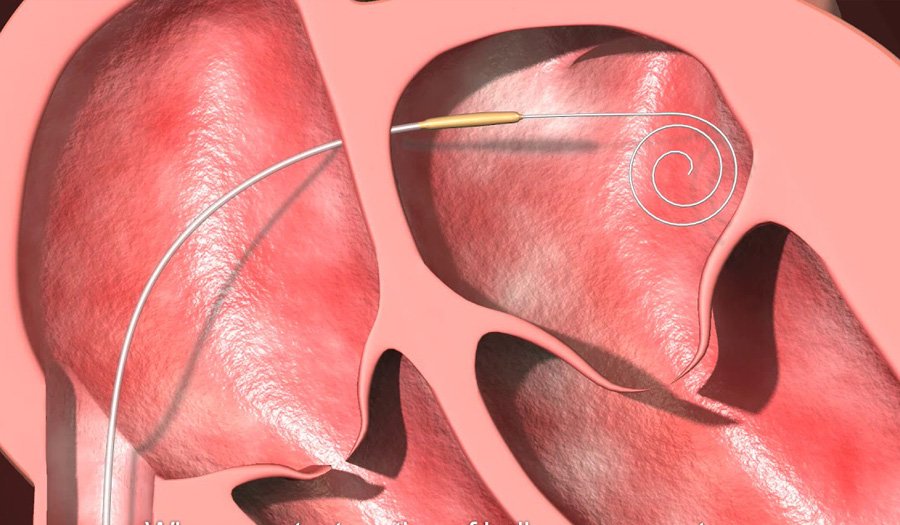Percutaneous Mitral Balloon Valvuloplasty (PBMV)

Percutaneous Mitral Balloon Valvuloplasty (PBMV) is a catheter-based procedure used to treat mitral valve stenosis, a condition where the mitral valve narrows, restricting blood flow from the left atrium to the left ventricle. PBMV is an effective alternative to surgery for patients with moderate to severe stenosis, particularly those who are not candidates for open-heart surgery.
What Is PBMV?
PBMV uses a balloon-tipped catheter to widen the narrowed mitral valve, improving blood flow and reducing the symptoms of mitral stenosis. Doctors perform this minimally invasive procedure under local anaesthesia and mild sedation, making it safer and more comfortable for patients.
When Is PBMV Recommended?
Doctors recommend PBMV for patients experiencing:
- Severe mitral valve stenosis causes symptoms like shortness of breath, fatigue, or chest discomfort.
- Irregular heart rhythms (e.g., atrial fibrillation) due to stenosis.
- Pulmonary hypertension or heart failure resulting from restricted blood flow.
- Difficulty in undergoing surgical options due to age or medical conditions.
How Does the Procedure Work?
- Preparation: Doctors insert a catheter through a vein in the groin and guide it to the heart using imaging techniques.
- Balloon Insertion: The balloon-tipped catheter is positioned across the narrowed mitral valve.
- Balloon Inflation: Doctors inflate the balloon to stretch the valve and improve blood flow.
- Verification: Imaging ensures that the valve has opened properly.
- Completion: The catheter and balloon are removed, and the patient is closely monitored for recovery.
Benefits of PBMV
- Minimally Invasive: Avoids the need for open-heart surgery, reducing recovery time.
- Immediate Symptom Relief: Patients often experience improved breathing and energy levels shortly after the procedure.
- Reduced Risks: PBMV has a lower complication rate compared to surgical valve replacement.
- Quick Recovery: Most patients return to daily activities within a few days.
- Preservation of the Valve: Unlike replacement, this procedure retains the patient’s natural mitral valve.
Potential Risks
Although PBMV is generally safe, it carries some risks, including:
- Bleeding or infection at the catheter site.
- Damage to the mitral valve, possibly requiring surgery.
- Blood clots or embolism during the procedure.
- Rarely, worsening of existing heart rhythm abnormalities.
Advancements in PBMV
- 3D Imaging Guidance: Enhances precision during the procedure.
- Improved Balloon Designs: Minimizes the risk of valve or cardiac tissue damage.
- Hybrid Procedures: Combines PBMV with other treatments for more complex cases.
